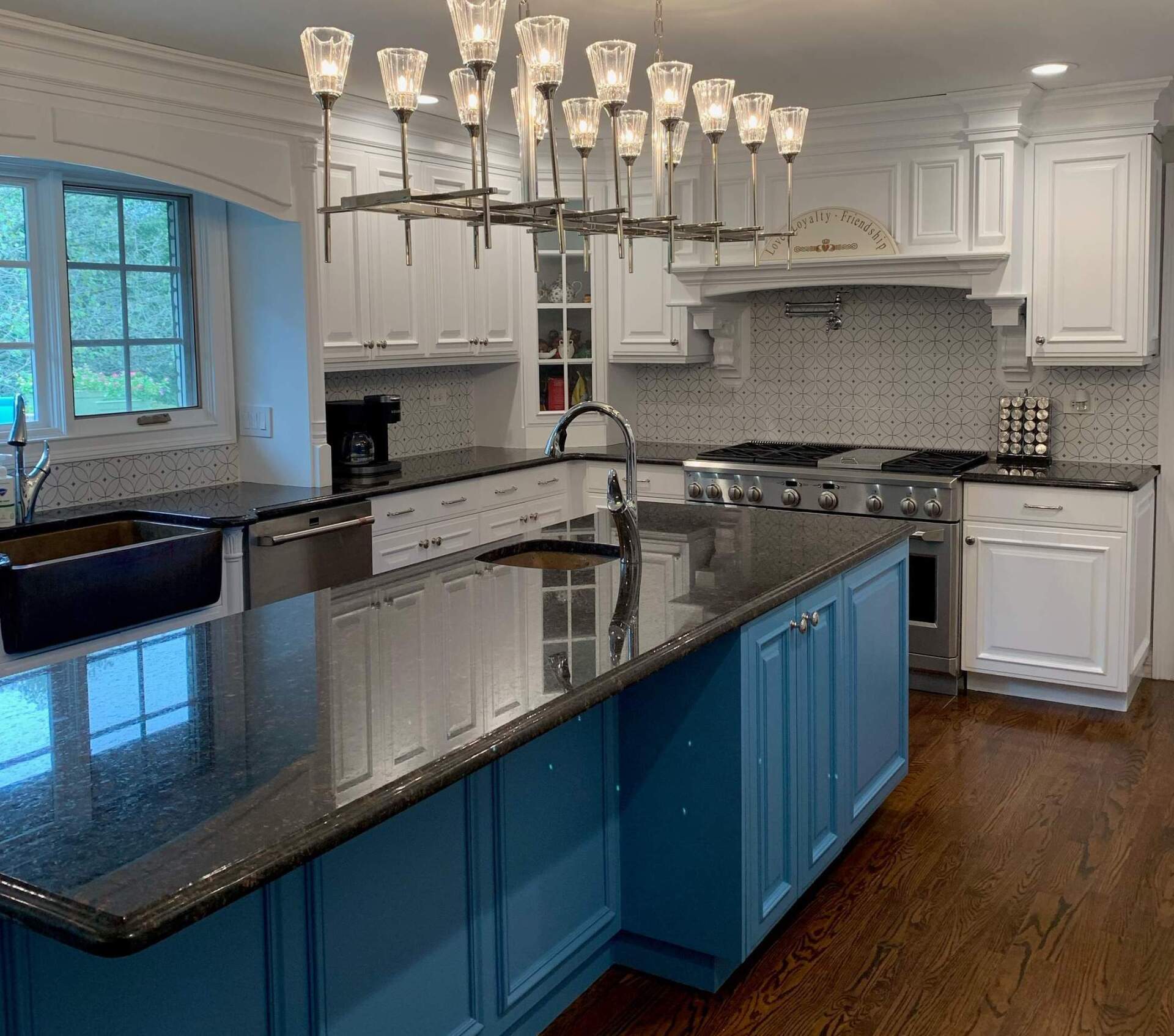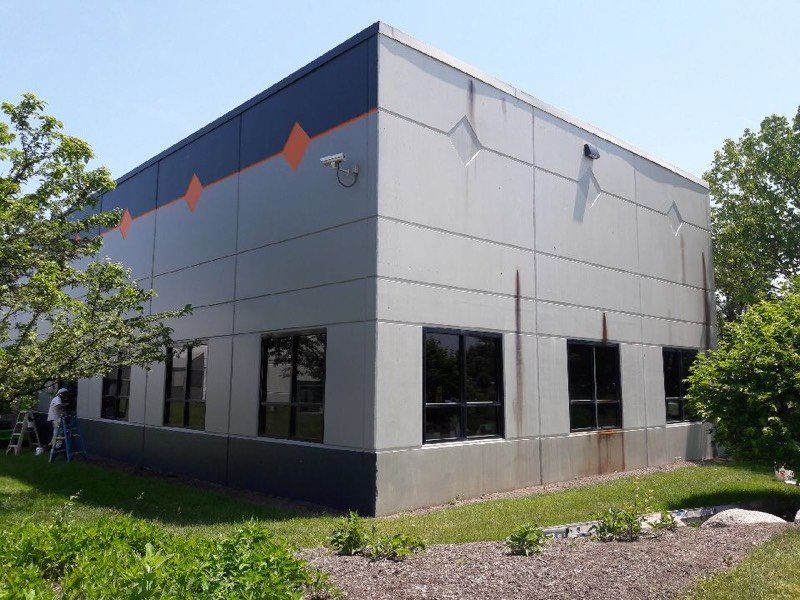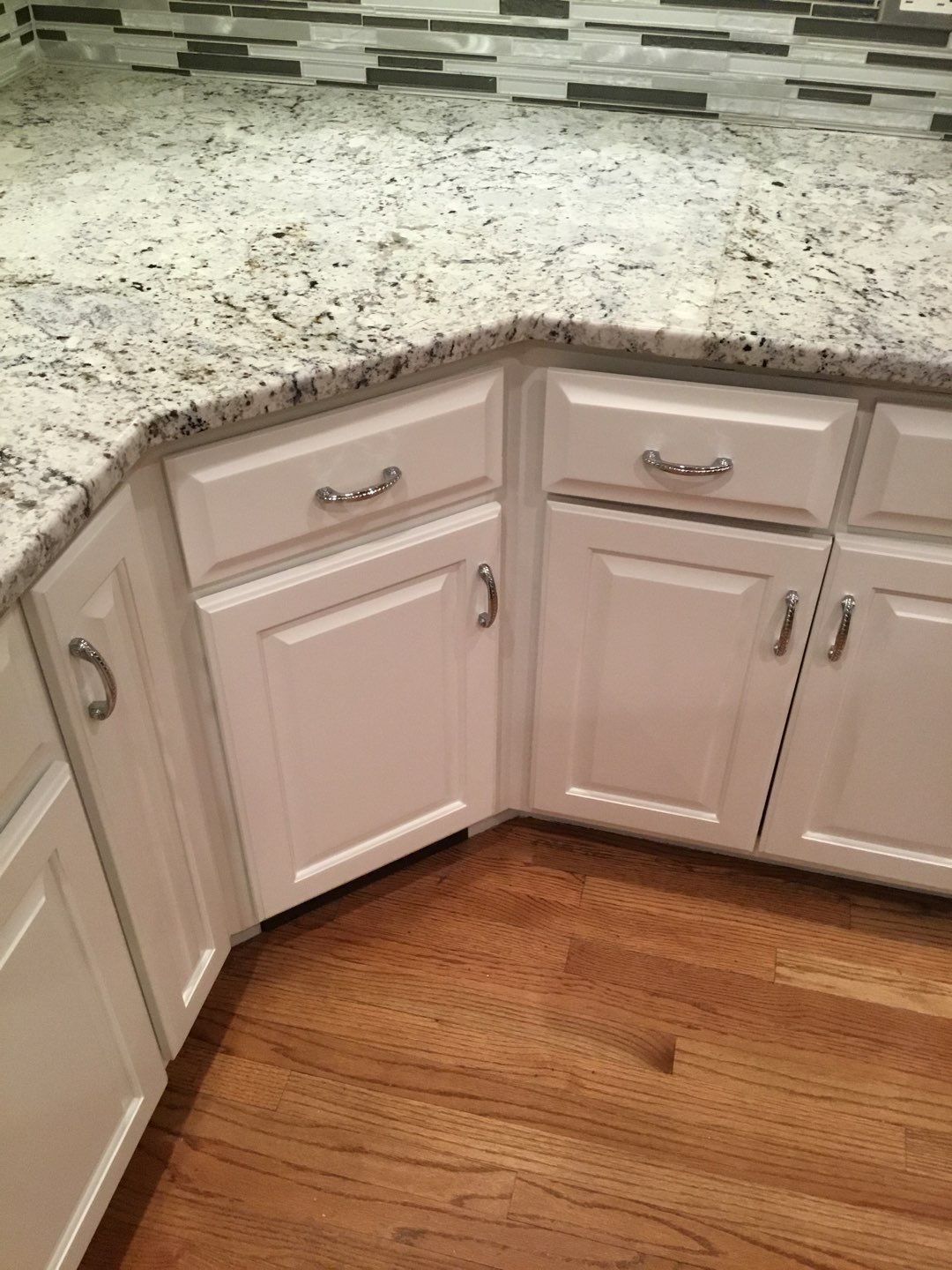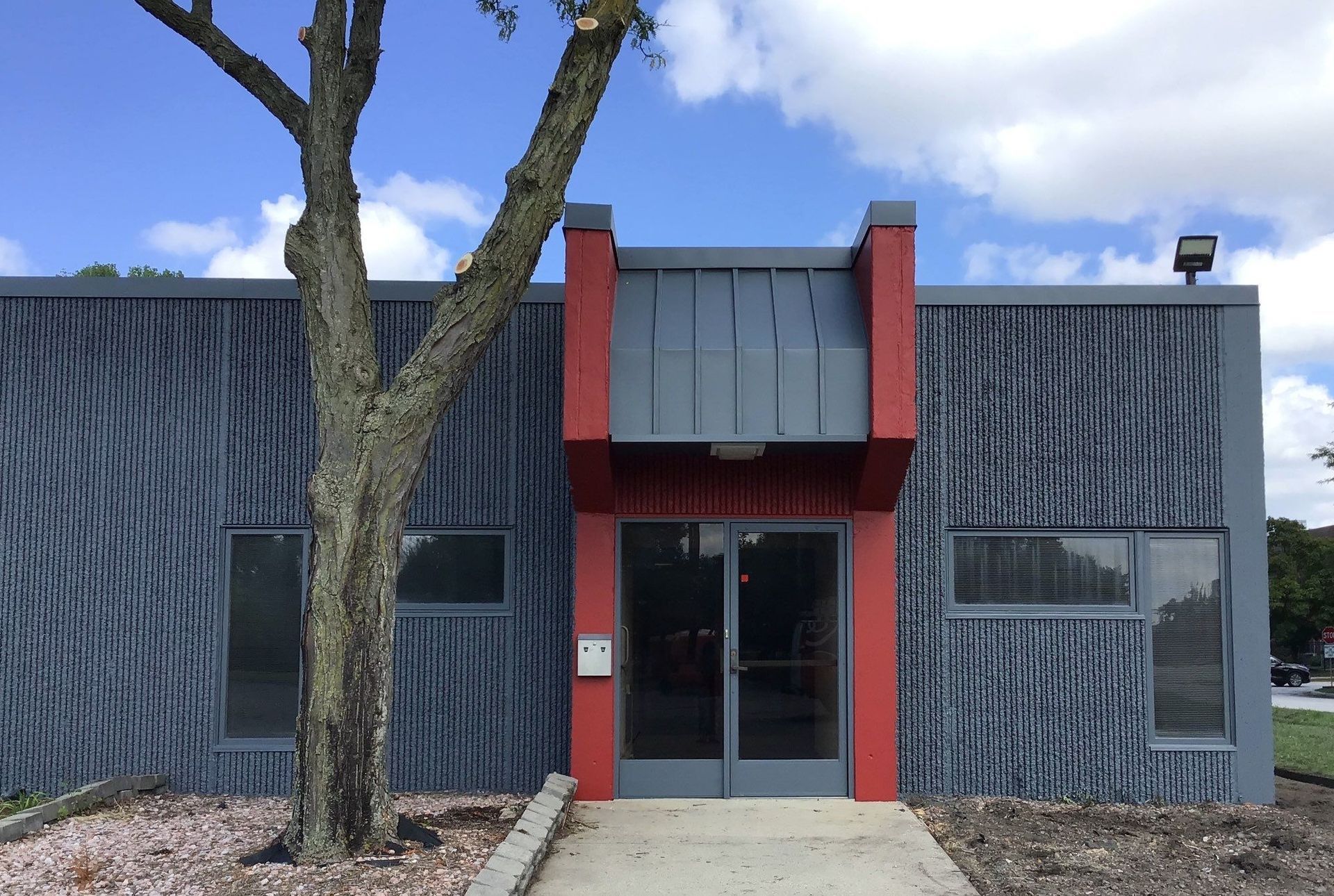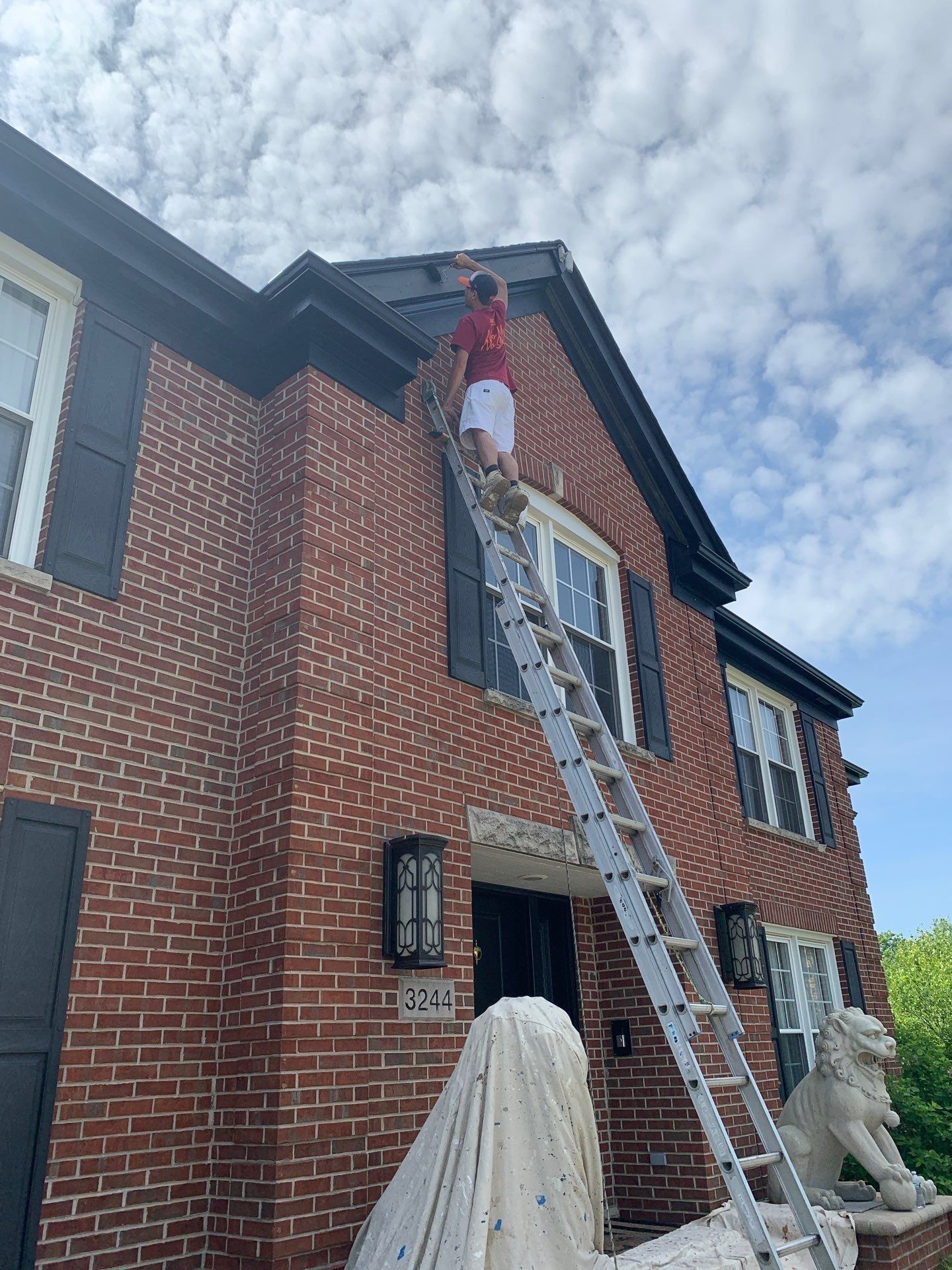What’s In Your House Painting Estimate? 3 Ways to Determine the Cost of Painting
You’ve got a vision: fresh walls, crisp trim, maybe even a bold accent wall (if you’re feeling wild). So you call a painting company, they swing by, nod, maybe poke a wall or two… and then hand you an estimate. You look at the number and think: “Wait. How did we get here?”
If you’ve ever been puzzled by a painting estimate, you’re not alone. Understanding how painters price their work helps you make informed decisions, and maybe even save a little money in the process.
Let’s break it down with the three most common ways painting costs are calculated, plus the factors that really move the needle on your quote.
1. Square Footage Pricing: Simple, but Not Always the Full Story
This is the most straightforward method: painters calculate the cost based on the surface area they’re painting. That includes walls, ceilings, trim, and sometimes even doors and closets.
For example, if you’re painting a 2,000 sq. ft. home interior, they might apply a base rate per square foot, which then gives you a nice clean number. Easy, right?
Pros:
This method is quick and easy to understand; great for homeowners who want a fast estimate without a lot of back-and-forth. It also makes it easy to compare multiple bids, since you're working with a common metric: price per square foot. If your space is relatively simple and in good shape, this approach can give you a pretty accurate ballpark.
Cons:
Square footage pricing doesn’t tell the whole story. It ignores the condition of your surfaces, the amount of prep work required, and the complexity of architectural details. So if your walls need repairs, or your crown molding would make a Victorian blush, you might end up with surprise add-ons, or a final bill that doesn’t match the original estimate.
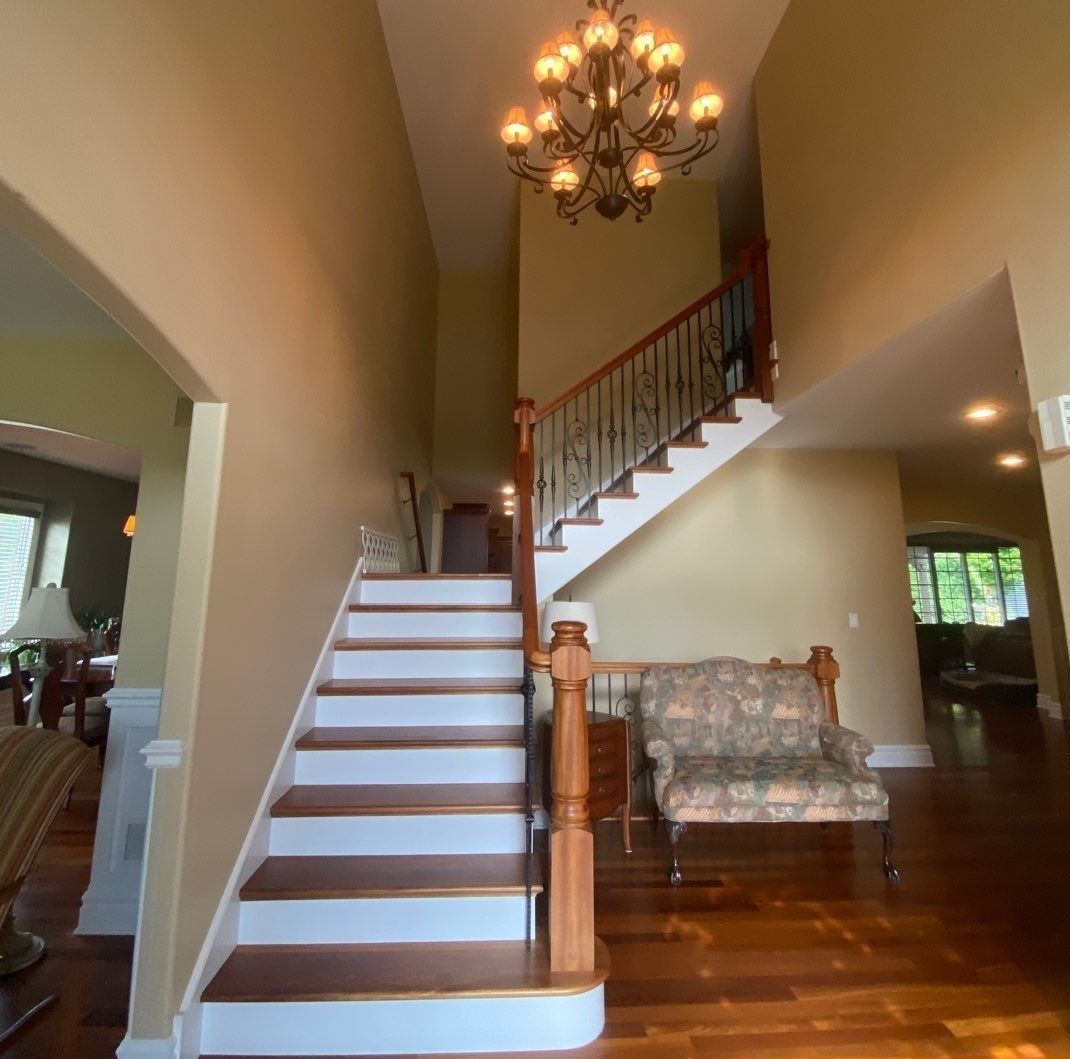
2. Hourly + Scope-Based Estimates: Tailored to Your Home
This is where things get a bit more customized. Some painters estimate based on the time and effort required, factoring in labor hours and materials. It’s like paying for what your project actually needs, instead of a flat formula.
Let’s say your walls are in great shape, but you’ve got tall ceilings and a tricky stairwell. Or maybe there’s old wallpaper that needs removing (our condolences). A time-and-materials approach lets painters charge appropriately for those nuances.
Pros:
This method tends to be more accurate for complex or unique projects like high ceilings, tricky layouts, or a lot of repair work. Since it’s based on actual labor and materials, it reflects the real effort involved. It’s also more transparent: you get a clearer picture of where your money is going, which helps build trust and sets the stage for a smoother project.
Cons:
The biggest downside? Uncertainty. Because the final cost depends on how long the work takes, it can be harder to predict your total budget upfront. This method also relies on trusting that your painter’s time estimates are fair and realistic—otherwise, costs can creep higher than expected before the last coat goes on.
3. Flat-Rate or “All-Inclusive” Estimates: One Price, No Surprises
Some companies offer a single, all-in estimate that includes everything from prep to cleanup. This often appeals to homeowners who want a set price with no guessing.
Flat-rate quotes might include:
- Labor
- Paint and supplies
- Prep work (light repairs, masking)
- Cleanup and disposal
It’s like the prix-fixe menu of painting. What you see is what you pay. It’s great if you value predictability and don’t want to juggle line items or guess at final costs. But that convenience can come at a premium: some companies build in buffers for unexpected issues, which means you might end up paying more than necessary for a straightforward job.
It’s ideal for peace of mind, but make sure you know exactly what’s included so there are no surprises hiding under that flat number.
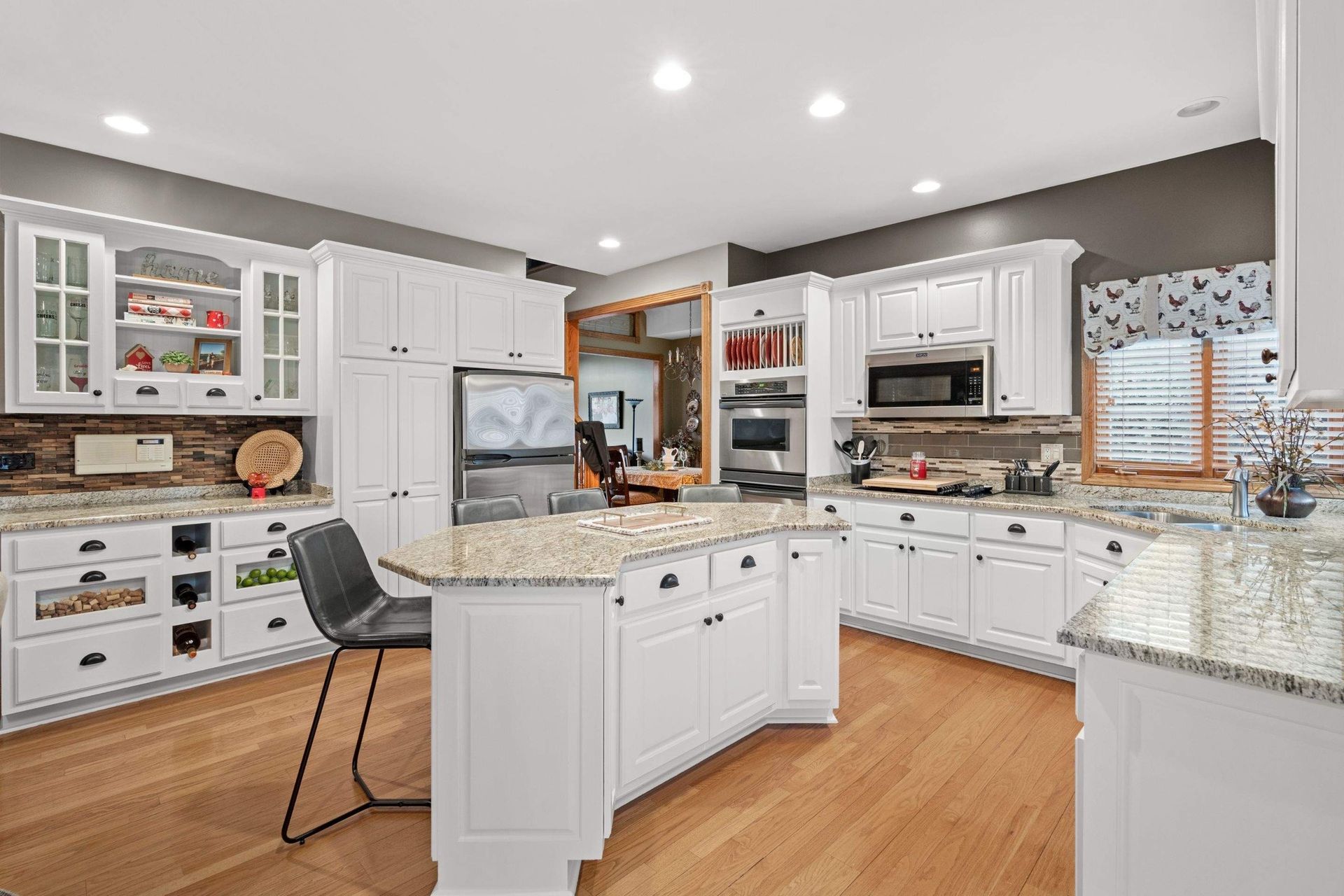
What Really Impacts Your Estimate?
Regardless of how it’s structured, several factors affect your bottom line:
- Prep Work Needs:
Flaking paint, nail holes, water damage—these all require time and materials to fix.
- Surface Condition and Height:
Vaulted ceilings, stairwells, and textured surfaces take longer and need specialized equipment.
- Paint Quality: Premium paints last longer, look better, and cost more. But don't forget, cheap paint may be, well, cheap. But you’ll definitely be repainting sooner.
- Season & Scheduling:
Spring and summer are peak seasons. Off-season discounts may be available if your timing’s flexible.
- Extra Services:
Caulking, drywall patching, accent walls, cabinet painting—each adds to the scope.
Tips for Comparing Estimates Like a Pro
Shopping around is smart, but be sure you’re comparing apples to apples. Here’s how to dig into the details:
- Request a line-item breakdown to see what’s included.
- Ask about paint brands and the number of coats. One coat of cheap paint ≠ two coats of premium.
- Clarify what’s
not included. Some estimates exclude wall repair, primer, or moving furniture.
- Check credentials. Is the painter licensed and insured? Can they show you recent work or reviews?
Knowledge is power, and it helps you avoid the dreaded “surprise” charges once the tarps are down.
Final Thoughts
Painting your home should be exciting, not confusing. Whether your estimate is based on square footage, hourly rates, or a flat package, understanding the pricing method helps you choose the right painter, and the right plan, for your space.
Ask questions, read the fine print, and don’t be afraid to get a second opinion. After all, it’s your home, your budget, and your walls we’re talking about.
Share
Let's Talk Paint!


